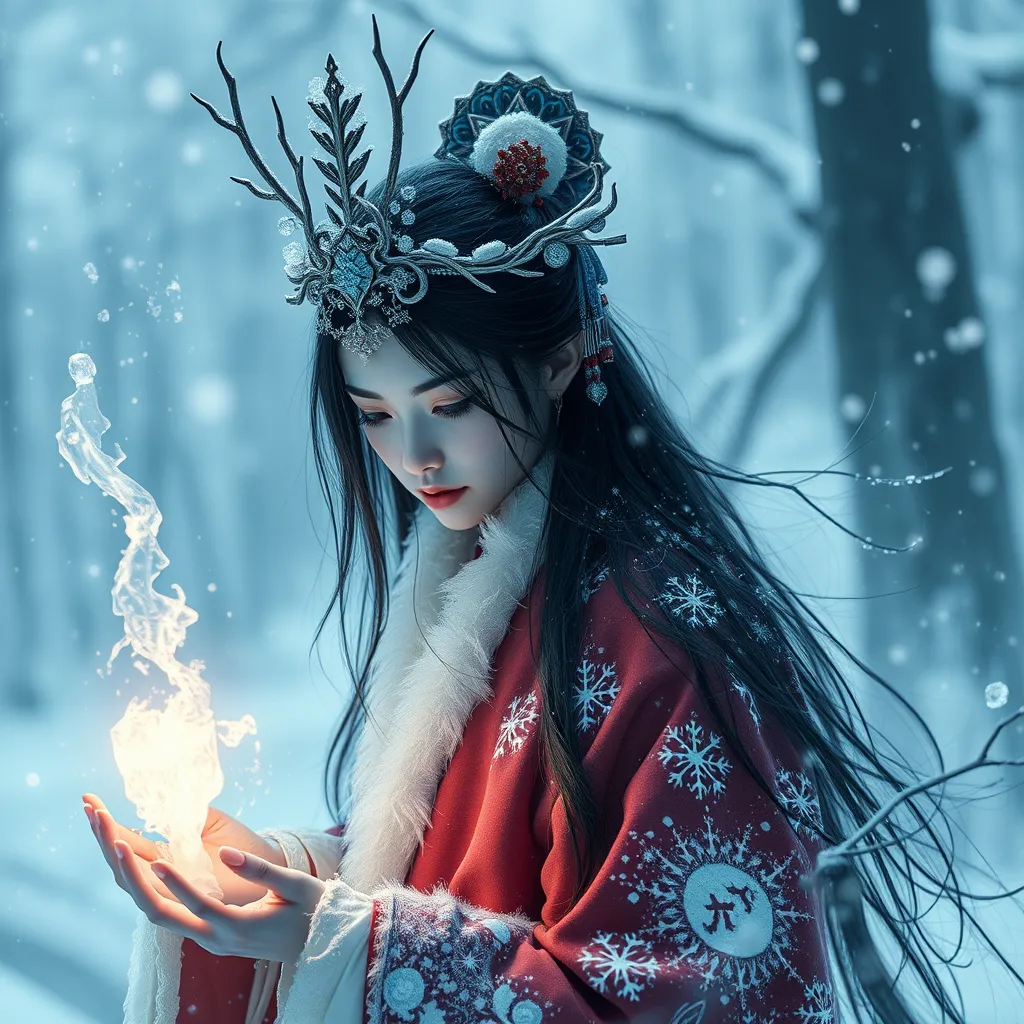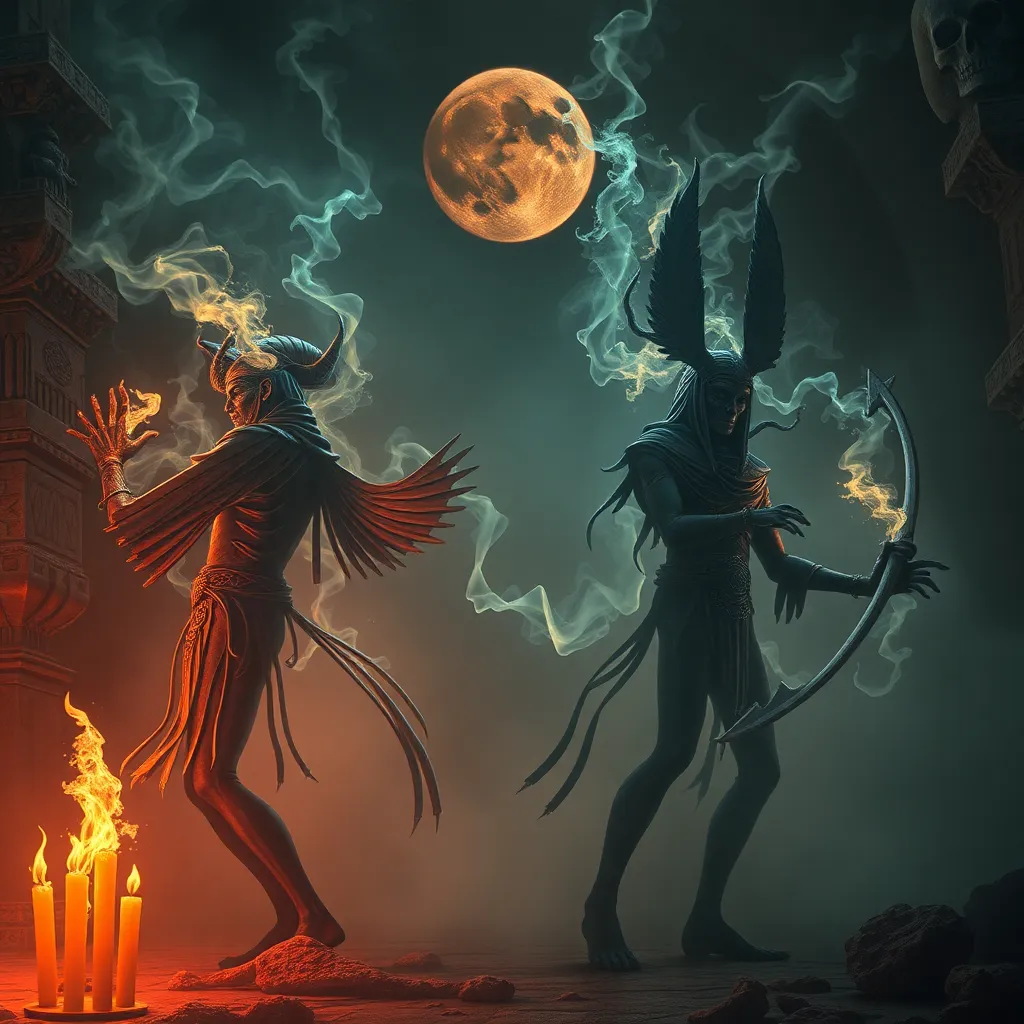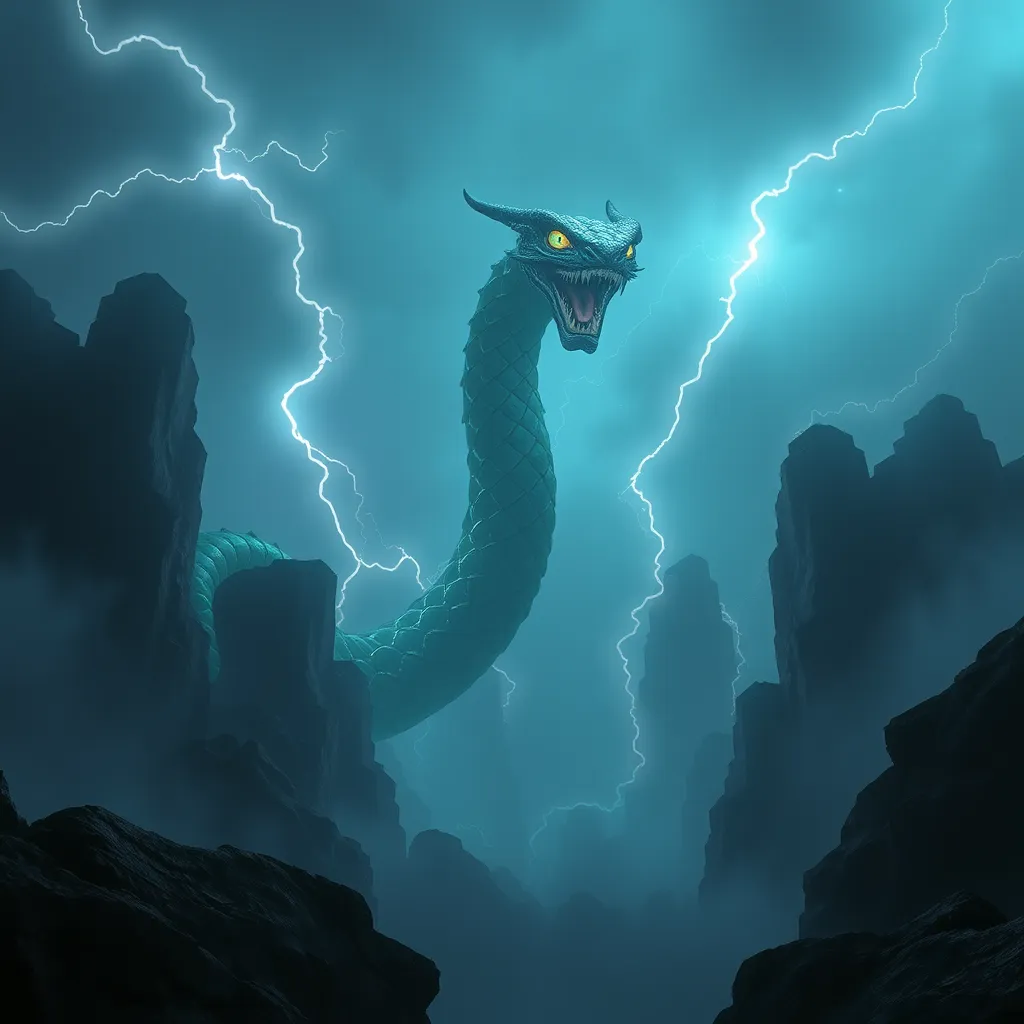The Mystical Arts of the Japanese Yuki-onna: Snow Women, Elven Spirits, and the Power of Ice
I. Introduction
The Yuki-onna, or “Snow Woman,” stands as a captivating cultural icon within Japanese folklore, embodying the beauty and peril of winter. Often depicted as a ghostly figure clad in white, she is a striking representation of the natural world’s duality—both enchanting and dangerous. As a central figure in many myths, the Yuki-onna symbolizes a deep connection to nature, reflecting the intricate relationship between humanity and the elemental forces that shape our world.
II. Origins of the Yuki-onna Legend
The origins of the Yuki-onna legend can be traced back to ancient Japan, with historical references appearing in various literary forms. One of the earliest mentions is found in the Edo period literature, where she is often depicted as a spirit that appears during heavy snowfalls. The tales of the Yuki-onna vary greatly depending on the region, showcasing a rich tapestry of beliefs and interpretations.
- Early References: Texts such as the “Konjaku Monogatari” (Tales of Times Now Past) include stories of snow spirits that could embody both benevolence and malice.
- Regional Variations: In some areas, Yuki-onna is seen as a benevolent figure, while in others, she is portrayed as a vengeful spirit, often associated with the deaths of those lost in snowstorms.
III. Characteristics and Abilities of Yuki-onna
The Yuki-onna is often described as a breathtakingly beautiful woman with pale skin and long, flowing black hair. Her ethereal beauty captivates those who encounter her, and her appearance is often accompanied by falling snow. Key characteristics and abilities attributed to the Yuki-onna include:
- Physical Attributes: Her hauntingly beautiful visage and white clothing reflect the purity and danger of snow.
- Icy Powers: Yuki-onna possesses the ability to manipulate ice and snow, creating blizzards or freezing her victims with a mere touch.
- Weather Manipulation: She is often associated with sudden changes in winter weather, appearing as a harbinger of snowstorms.
IV. The Yuki-onna in Folklore and Stories
Numerous tales feature the Yuki-onna, each revealing different aspects of her character and her impact on human lives. Some notable stories include:
- The Yuki-onna and the Woodcutter: In this tale, a woodcutter encounters the Yuki-onna during a snowstorm. She spares his life and later becomes his wife, but he must keep her true nature a secret.
- The Betrayed Yuki-onna: Another story recounts the tragic fate of a man who betrays Yuki-onna’s trust, leading to dire consequences that highlight themes of love and death.
These stories often explore deep emotional themes, such as love, betrayal, and the inevitability of death, reflecting the complexities of human relationships against the backdrop of nature’s harshness.
V. The Yuki-onna as a Symbol of Nature’s Duality
The Yuki-onna embodies the duality of nature, serving as both a protector and a predator. This duality can be seen in her interactions with humans and her influence over the winter landscape:
- Protector: In some interpretations, Yuki-onna serves to protect those who respect nature, guiding lost travelers to safety.
- Predator: Conversely, she can also be a force of retribution against those who harm the environment or disrespect the natural order.
This complex relationship between Yuki-onna and seasonal change illustrates how the beauty of winter can be both a source of inspiration and a reminder of nature’s ferocity.
VI. Yuki-onna in Contemporary Culture
In modern times, the Yuki-onna continues to inspire various forms of media, from films to literature and art. Her image has evolved, yet the core themes of her legend remain relevant:
- Film: The Yuki-onna has appeared in multiple films, often portrayed as a tragic figure caught between the human and spirit worlds.
- Literature: Contemporary authors draw upon her story to explore themes of identity, love, and the human experience in a changing world.
- Art: Artists often depict Yuki-onna in various styles, showcasing her ethereal beauty and the haunting elements of her story.
These representations highlight the ongoing influence of the Yuki-onna in shaping contemporary understandings of Japanese folklore.
VII. The Spiritual and Mystical Aspects of Yuki-onna
The Yuki-onna is deeply intertwined with Shinto beliefs and the reverence for nature that is central to Japanese spirituality. Her character serves as a bridge between the physical and spiritual realms:
- Nature Worship: Yuki-onna is often seen as a manifestation of the spirit of winter, embodying the beauty and danger of the season.
- Spiritual Guide: In some traditions, she is viewed as a guardian spirit, offering guidance and protection to those who honor her.
This connection to spirituality emphasizes the importance of respecting the natural world and recognizing the unseen forces that govern it.
VIII. Conclusion
The enduring legacy of the Yuki-onna in Japanese culture reflects a profound understanding of human emotions and the complexities of the natural world. Her story serves as a reminder of the beauty and peril of winter, encapsulating the delicate balance between life and death. As we continue to share and reinterpret her legend, the Yuki-onna remains a powerful symbol of the intertwining of human experience and the elemental forces of nature.



